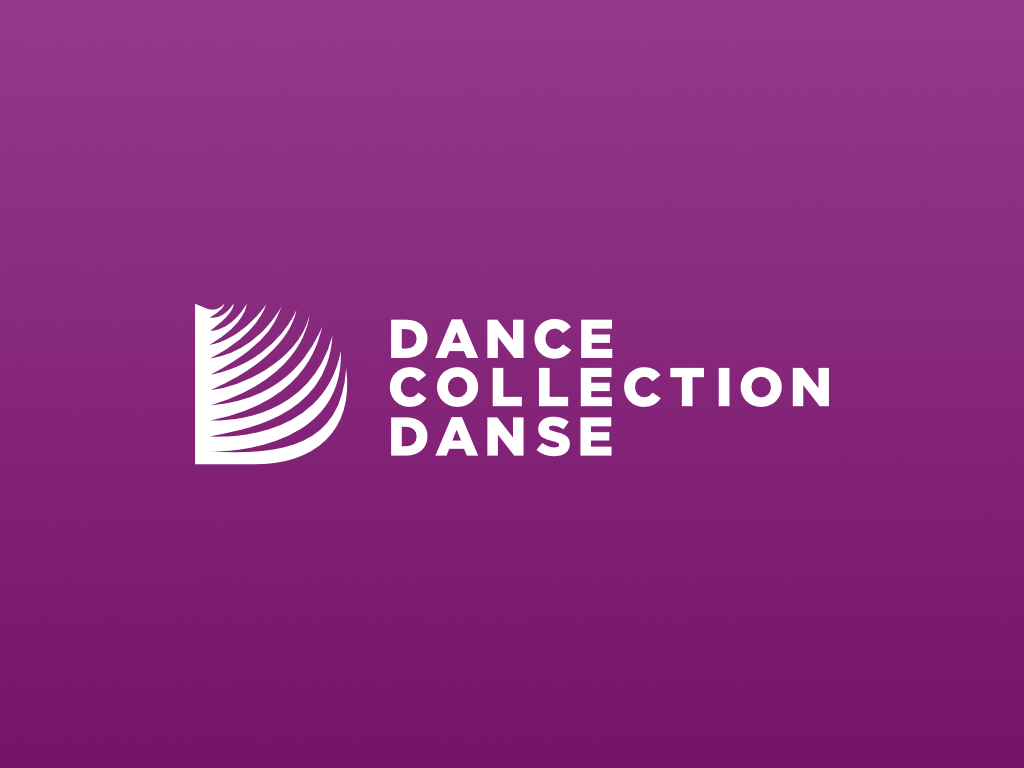Dance in Canada Magazine Number 7, Winter 1976
Added 29th Apr 2021 by Beth Dobson (Archives and Programming Assistant, DCD) / Last update 20th Feb 2022
The description of this Item
Contains the following articles:
- Editorial by Susan Cohen
- Profile: The Schools by Michael Crabb
- The Brinson Report by Peter Brinson
- The Future? Other Views by Grant Strate, Betty Oliphant, Ludmilla Chiriaeff, Fernand Nault, David Moroni, Arnold Spohr
- Dance 1984 by Brian Macdonald
- Noticeboard
The collections that this item appears in.
Tag descriptions added by humans
Royal Academy of Dance
Ballet
Susan Cohen
Education
Schools
Training
Brian Macdonald
Celia Franca
Fernand Nault
Ludmilla Chiriaeff
Michael Crabb
Les Grands Ballets Canadiens
National Ballet of Canada
Betty Oliphant
Peter Brinson
National Ballet School
Grants
Entre-Six
Dance History
Arnold Spohr
Christopher Darling
David Moroni
Galina Panov
Grant Strate
Valery Panov
Banff Centre School of Fine Arts
Island Dance Ensemble
L'Ecole Superieure de Danse
Imperial Society of Teachers Dancing
The Royal Winnipeg ballet
Classical Ballet
Hands
Satire
Style
Teachers
The Brinson Report
Description of the objects in this Item
01/01/1976
Magazine
Dance in Canada Magazine Number 7, Winter 1976
Dance Collection Danse
DCD's accession number for this Item. It is the unique identifier.
Auto-generated content
Tag descriptions added automatically
Auto-generated identification of objects in this Item
An autogenerated description of this Item
Auto-generated number of faces in the Item

